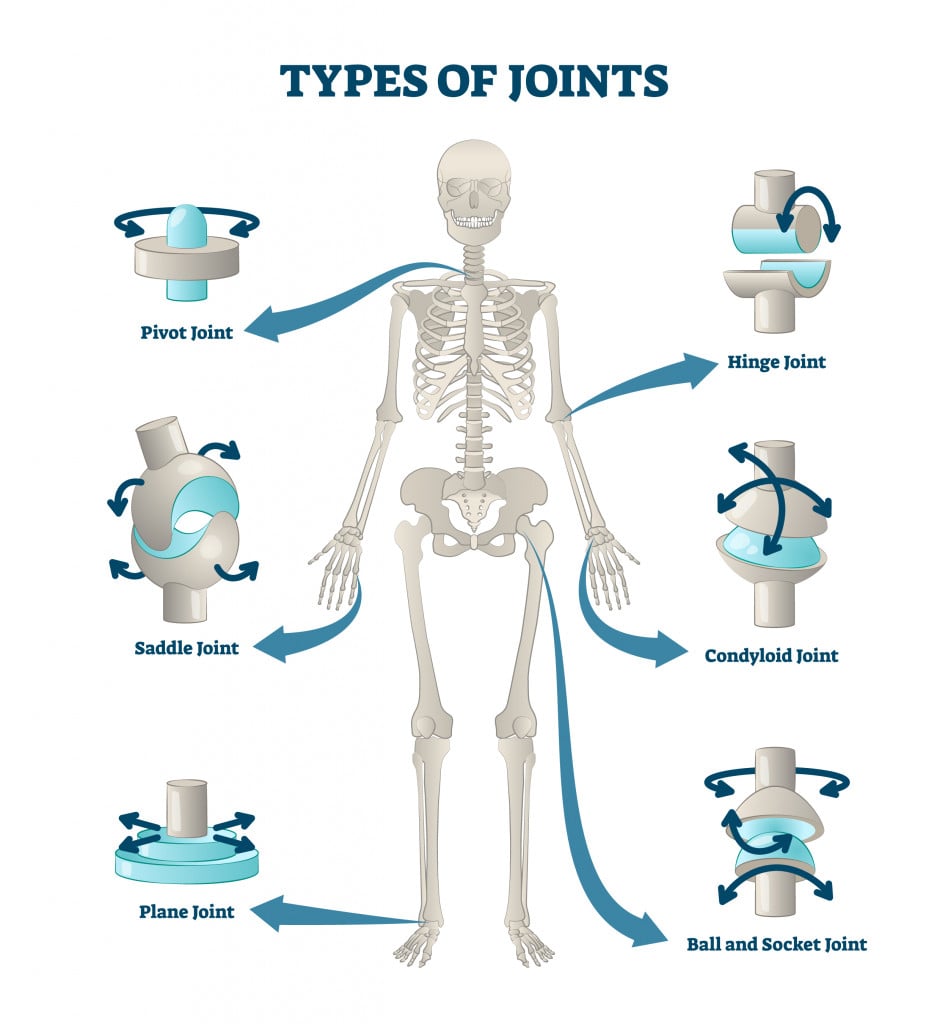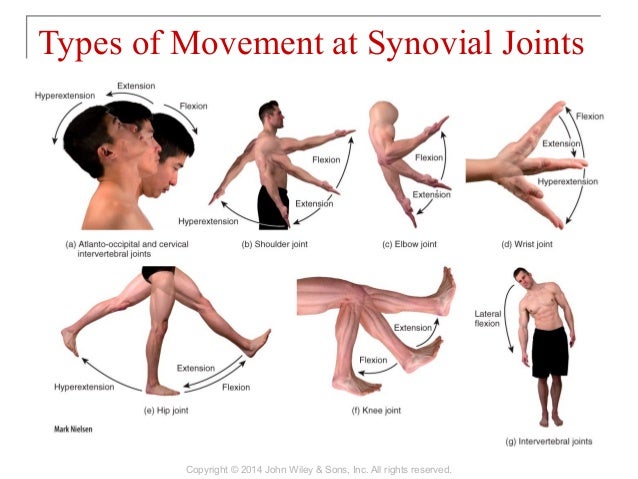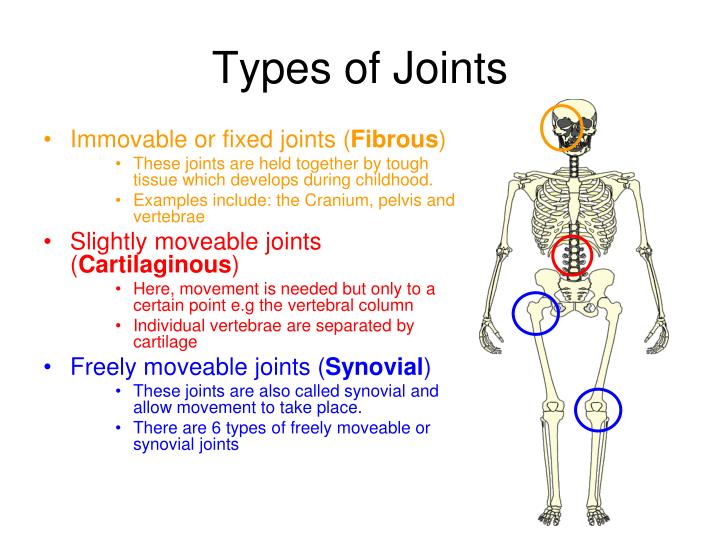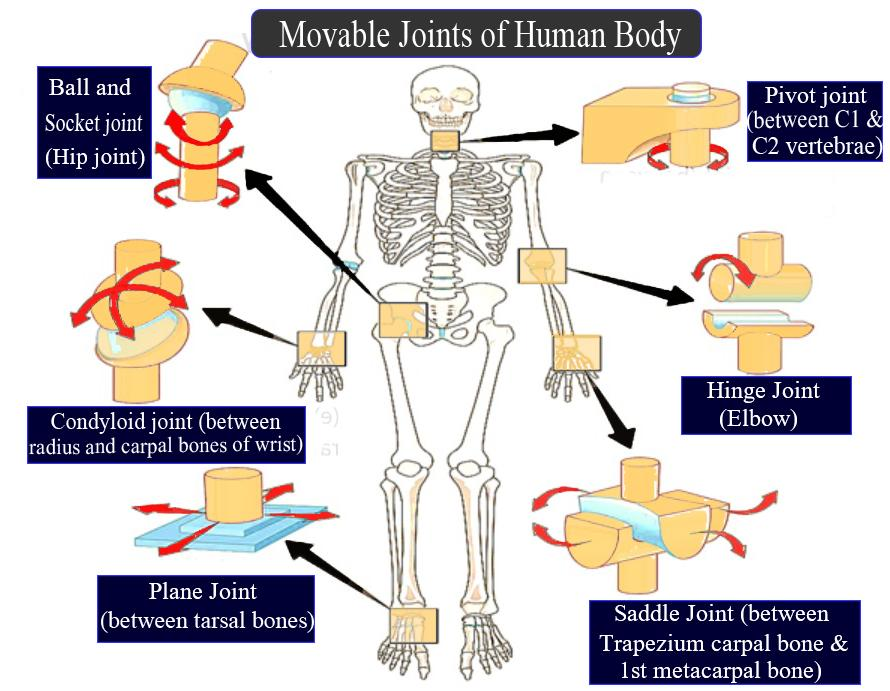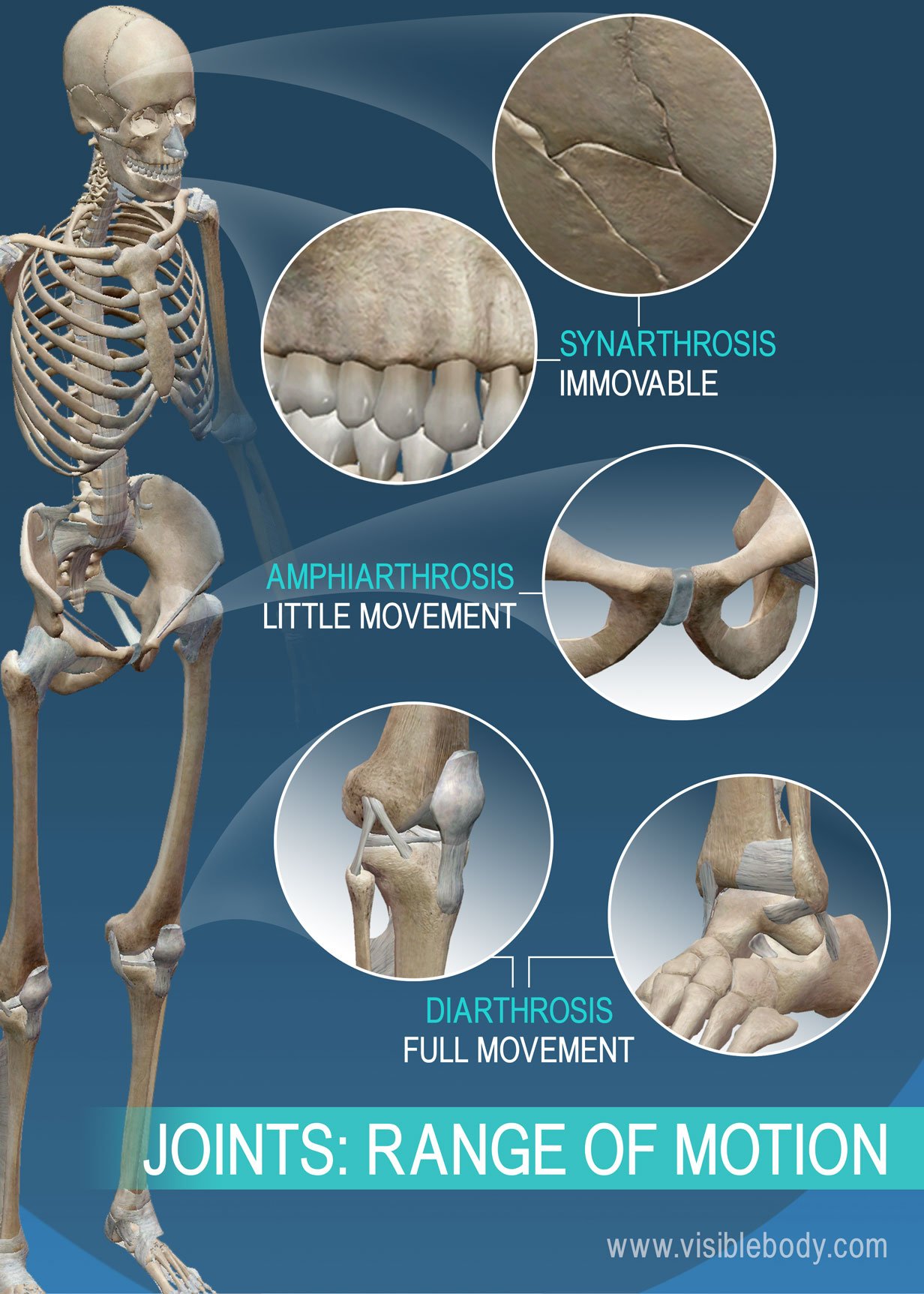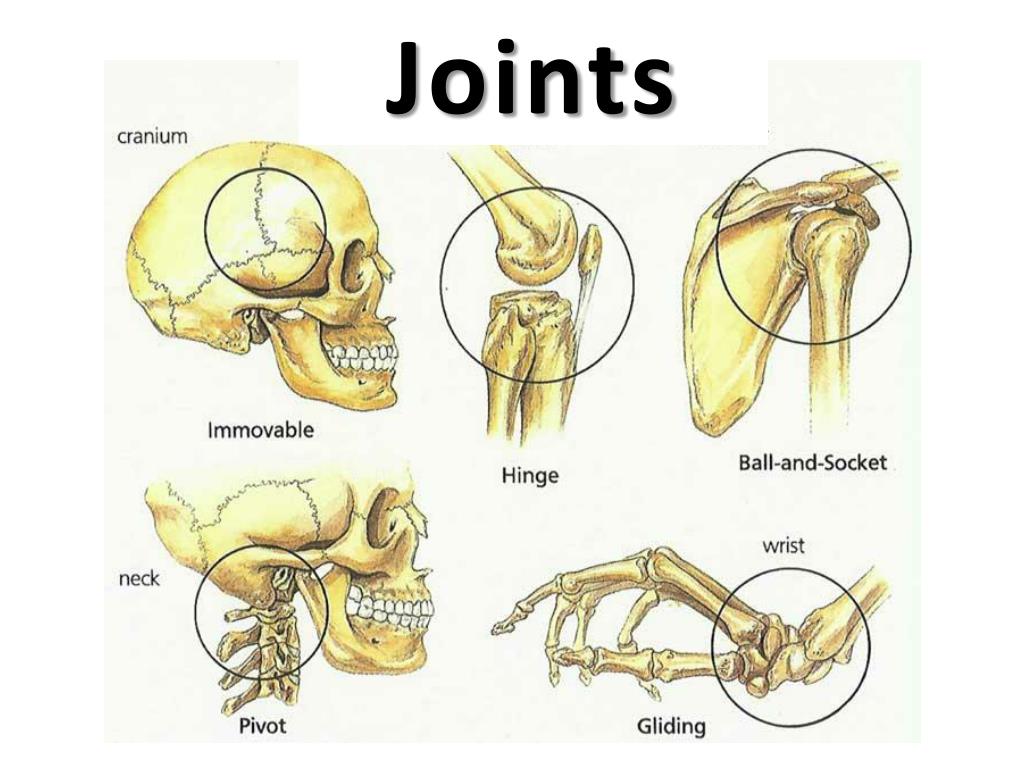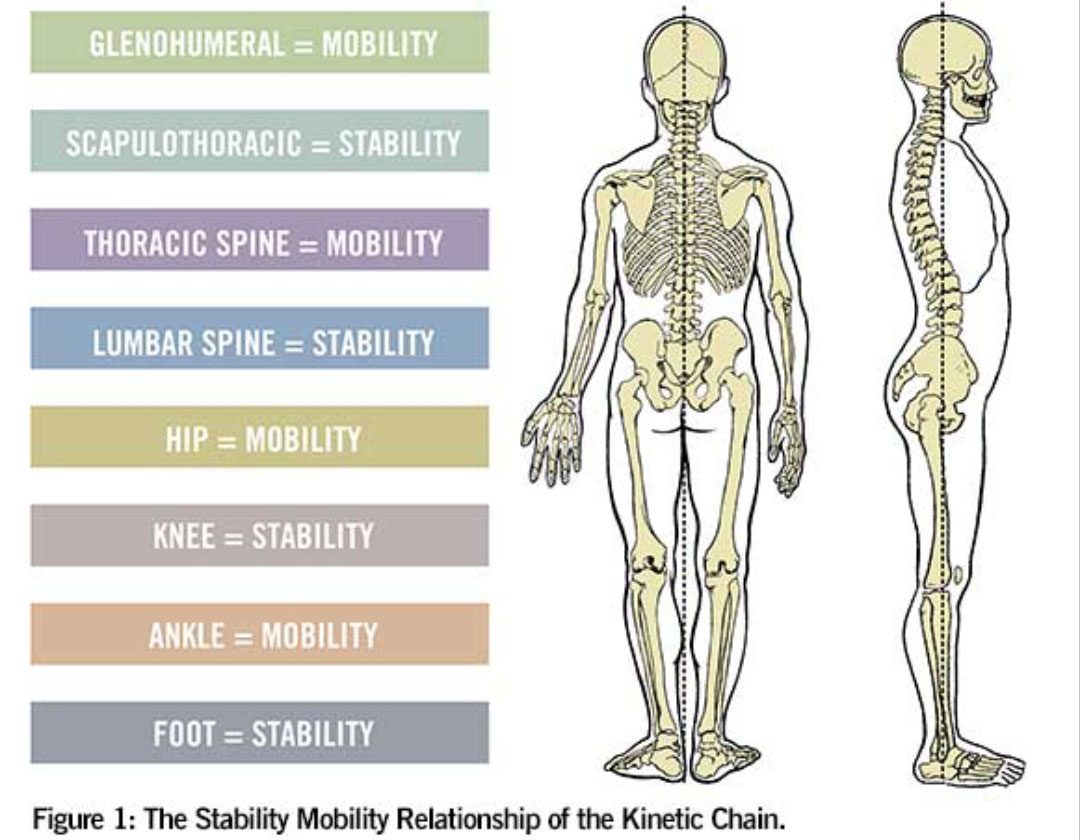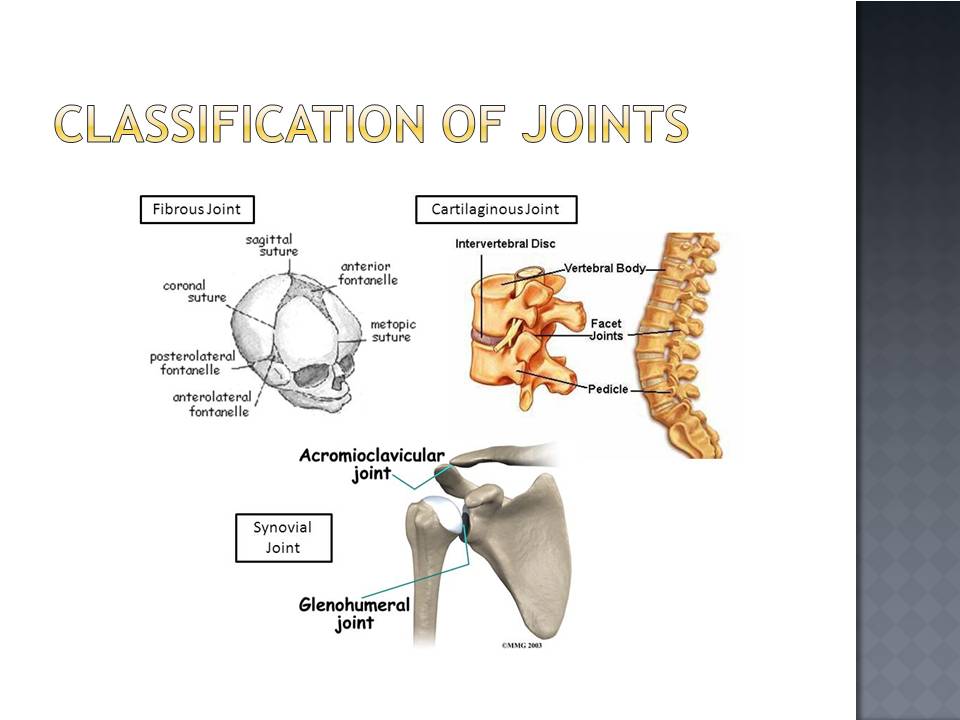Which Of The Following Joints Should Have More Mobility

The human body, a marvel of biomechanical engineering, is a complex network of joints each with its own role in movement and stability. However, the question of which joints should prioritize mobility over stability has been a recurring topic of debate and research in fields ranging from physical therapy to athletic training.
This article explores the concept of joint mobility and stability, examining which joints generally benefit more from greater range of motion and how this knowledge can be applied to improve movement quality and reduce the risk of injury.
Understanding Joint Mobility and Stability
Joint mobility refers to the range of motion available at a joint. It's the degree to which a joint can move freely through its anatomical planes. Stability, on the other hand, is the joint's ability to resist unwanted movement and maintain its structural integrity.
Some joints are inherently designed for greater mobility, while others prioritize stability. Understanding this distinction is crucial for designing effective exercise and rehabilitation programs.
The Mobility-Stability Spectrum
The human body operates on a mobility-stability spectrum, with certain joints requiring more of one attribute than the other. This concept suggests that a lack of mobility in one joint can often lead to compensatory instability in another, and vice versa.
According to Gray Cook, a renowned physical therapist and strength coach, joints like the ankle, hip, thoracic spine, and glenohumeral (shoulder) joint generally thrive with greater mobility.
Joints That Benefit From More Mobility
The ankle joint is crucial for absorbing impact during walking, running, and jumping. Limited ankle dorsiflexion, for instance, can lead to compensatory movements in the knee and hip, increasing the risk of injuries like plantar fasciitis, Achilles tendinitis, and knee pain.
Therefore, maintaining good ankle mobility is essential for overall lower body function.
The hip joint, a ball-and-socket joint, is designed for a wide range of motion in all three planes of movement. Adequate hip mobility allows for efficient transfer of force between the upper and lower body, contributing to athletic performance and reducing stress on the lower back and knees.
Restrictions in hip mobility can contribute to lower back pain, hamstring strains, and other related issues.
The thoracic spine, located in the mid-back, is responsible for rotation, flexion, and extension. Its mobility is essential for proper breathing, posture, and shoulder function. Limited thoracic spine mobility can restrict shoulder movement, contribute to neck pain, and impede athletic performance involving rotation, such as swinging a golf club or throwing a ball.
Improving thoracic spine mobility can help alleviate these issues and enhance overall movement efficiency.
The glenohumeral joint, also known as the shoulder joint, is the most mobile joint in the body. Its wide range of motion allows for complex upper body movements. Restrictions in shoulder mobility can lead to impingement syndromes, rotator cuff injuries, and other shoulder problems.
Therefore, maintaining good shoulder mobility is vital for activities of daily living and athletic performance.
Joints That Prioritize Stability
While some joints benefit from greater mobility, others require more stability to protect the surrounding structures and maintain proper alignment. These joints include the knee, lumbar spine, and elbow.
The knee joint, for example, is primarily a hinge joint designed for flexion and extension. It relies heavily on the surrounding ligaments and muscles for stability. Excessive mobility in the knee can lead to instability, increasing the risk of ligament tears and other injuries.
The lumbar spine, located in the lower back, needs to maintain a stable base for the upper body. Excessive mobility in the lumbar spine can contribute to lower back pain, disc herniations, and other spinal problems. Core strength and stability are crucial for protecting the lumbar spine.
The elbow joint, similar to the knee, is a hinge joint primarily designed for flexion and extension. While some pronation and supination occur at the radioulnar joint, the elbow itself requires stability to function properly. Excessive mobility in the elbow can lead to dislocations and other injuries.
Implications for Exercise and Rehabilitation
Understanding the mobility-stability spectrum is crucial for designing effective exercise and rehabilitation programs. Addressing mobility deficits in the appropriate joints can improve movement quality, reduce the risk of injury, and enhance athletic performance.
For example, if someone has limited ankle dorsiflexion, exercises focusing on improving ankle mobility can help restore proper movement patterns and reduce stress on the knees and hips. Similarly, if someone has limited thoracic spine mobility, exercises targeting thoracic rotation can improve shoulder function and reduce neck pain.
It's important to note that the specific needs of each individual may vary depending on their activity level, injury history, and anatomical variations. A qualified healthcare professional can assess an individual's mobility and stability and develop a personalized exercise or rehabilitation program.
In conclusion, while all joints play a vital role in movement, the ankle, hip, thoracic spine, and shoulder generally benefit from greater mobility. Addressing mobility deficits in these joints can improve overall movement quality, reduce the risk of injury, and enhance athletic performance.
Prioritizing stability in joints like the knee, lumbar spine, and elbow is equally important for protecting these structures and maintaining proper alignment. By understanding the mobility-stability spectrum and applying this knowledge to exercise and rehabilitation programs, individuals can move more efficiently and reduce their risk of injury.

